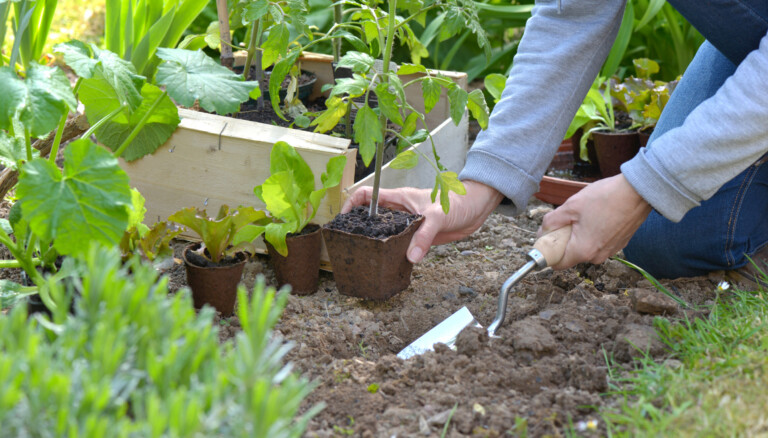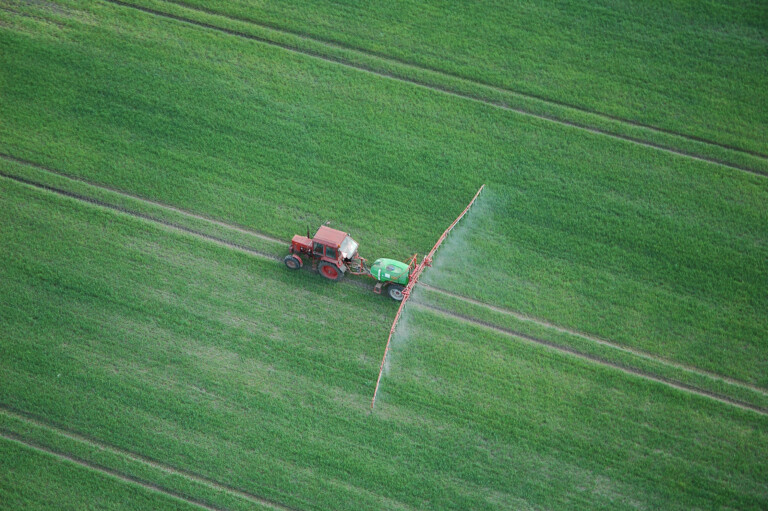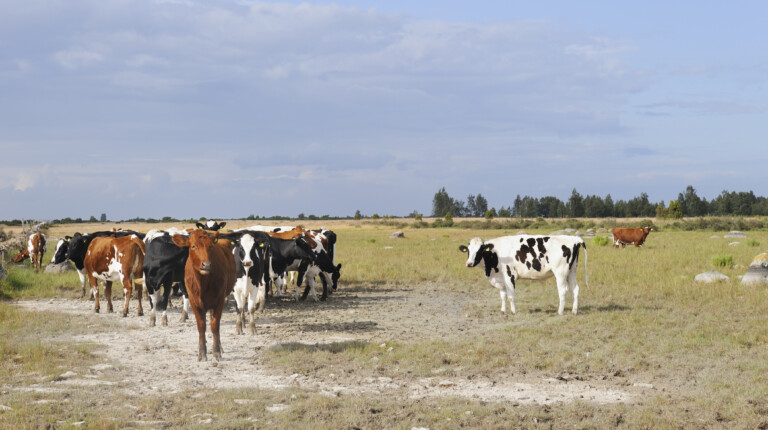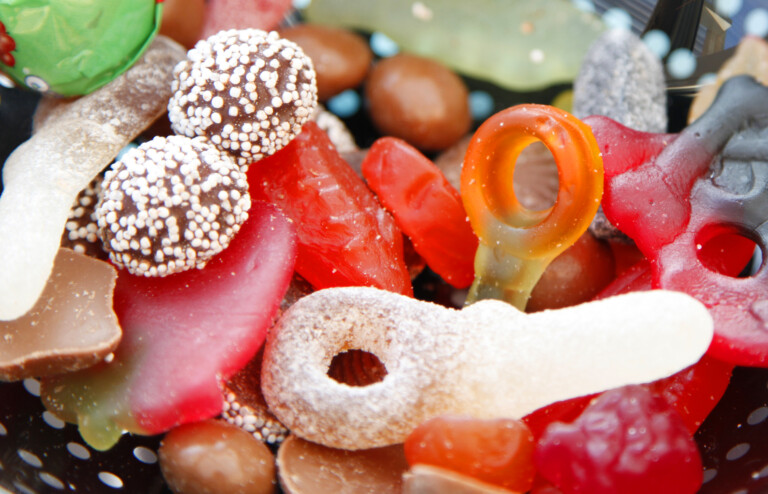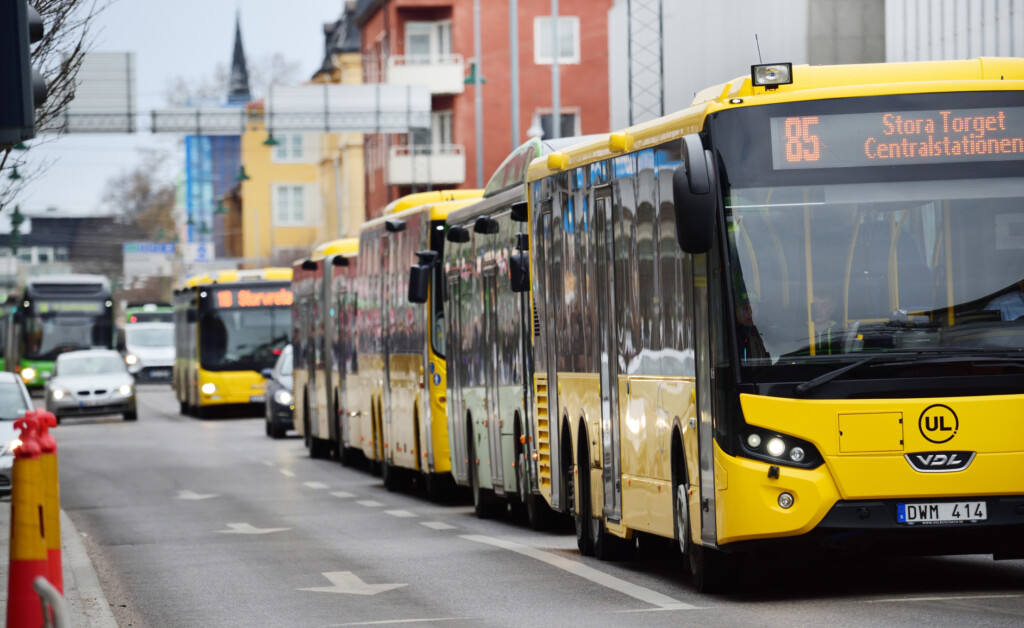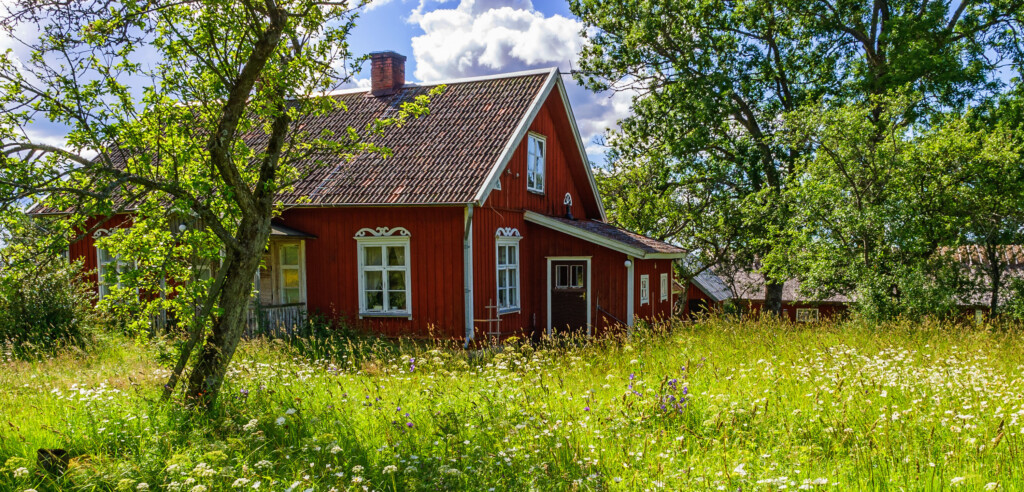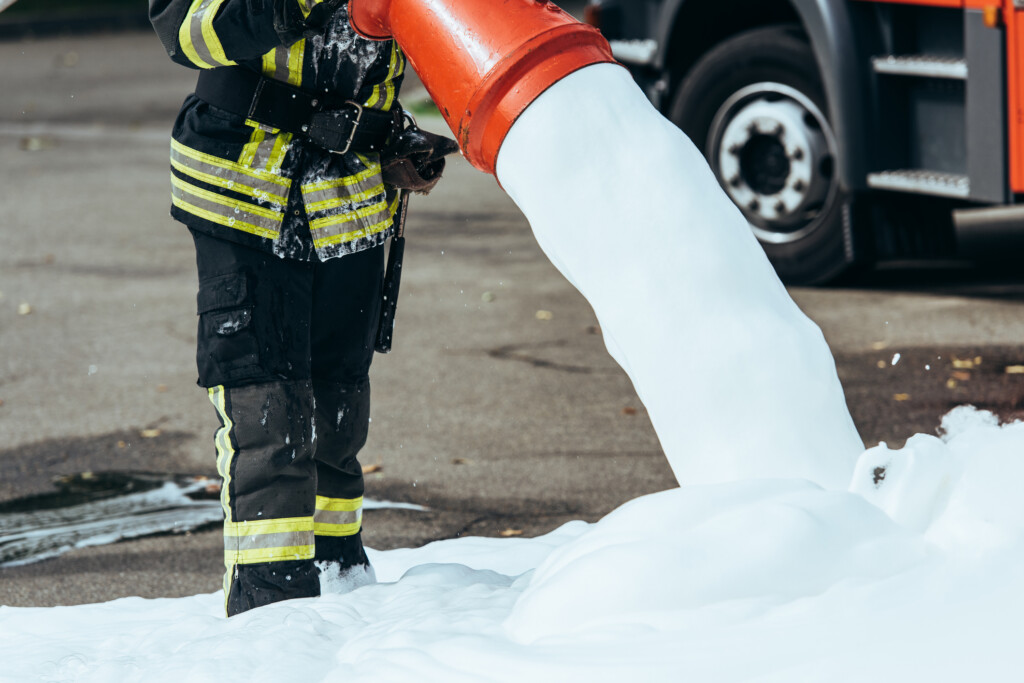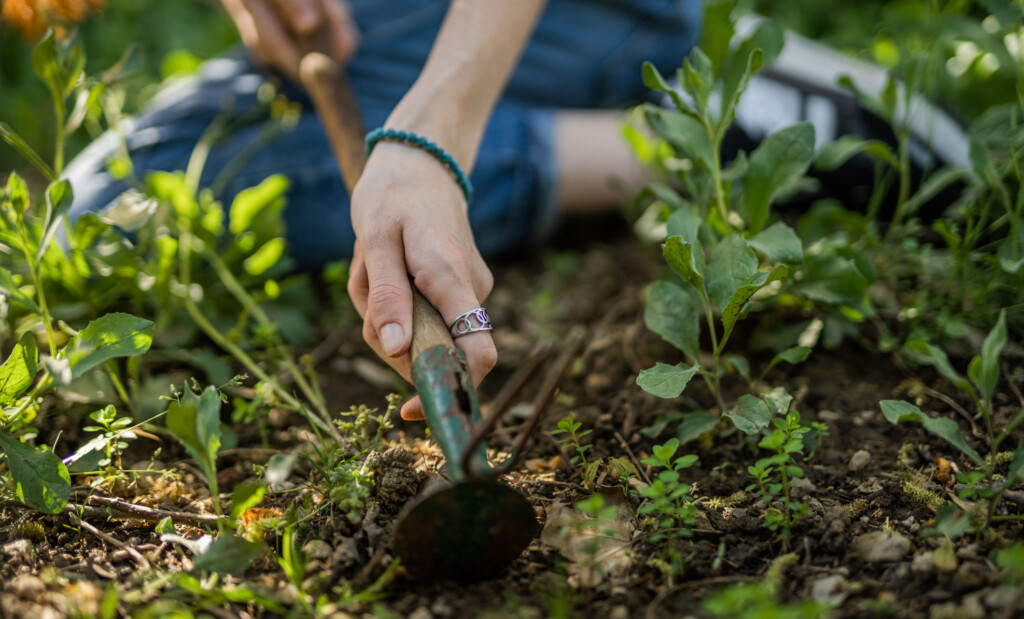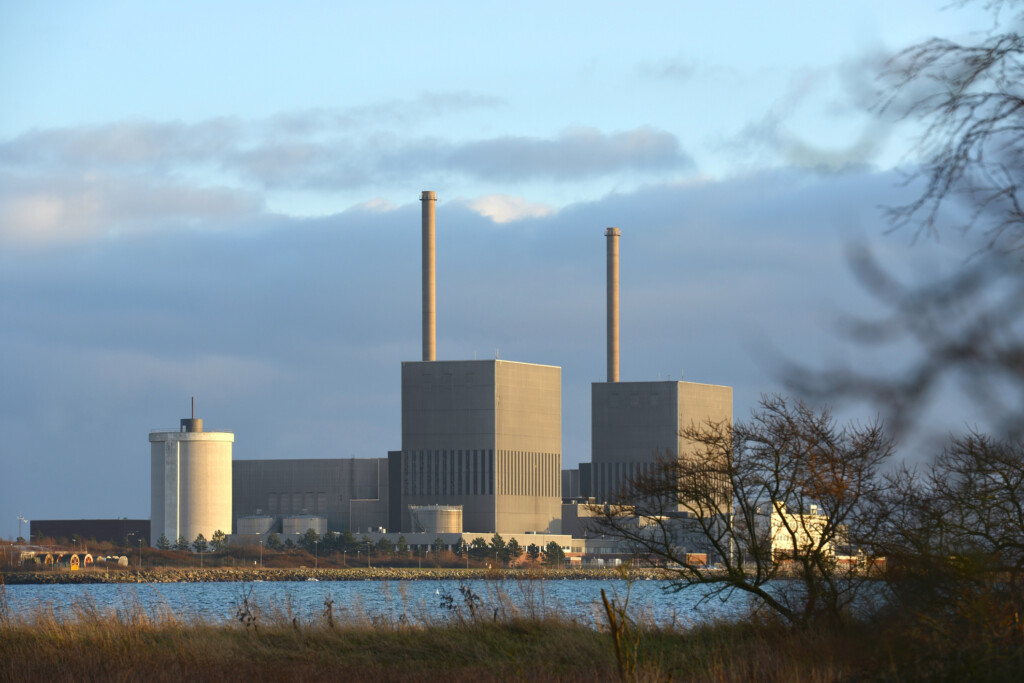Sustainable cities
“Sweden aims to become a world leader in blue food”
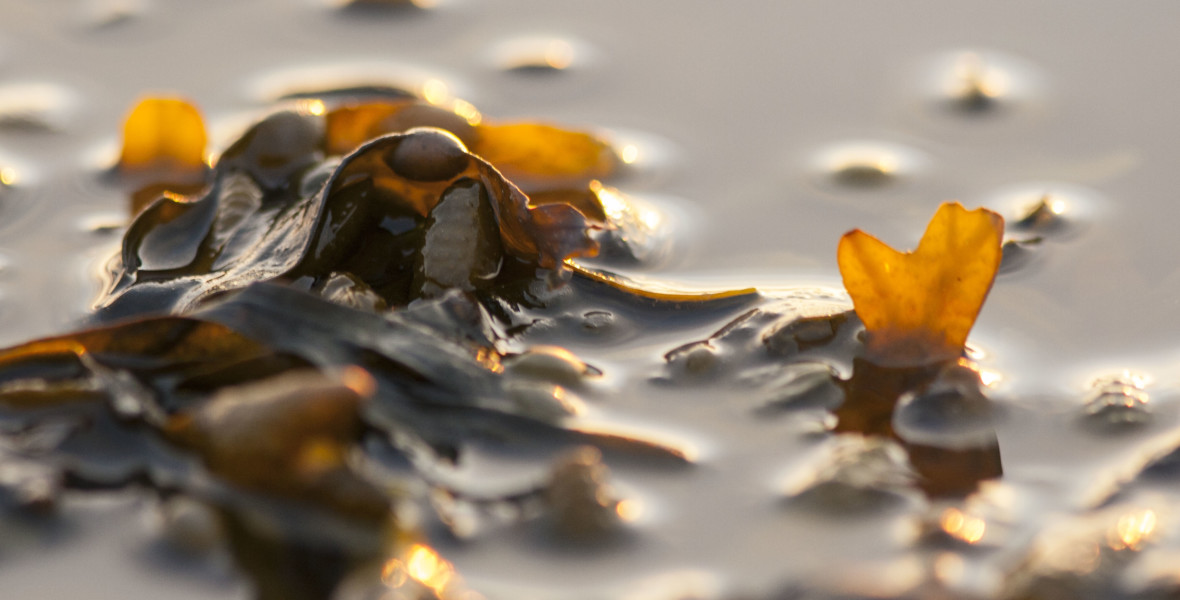
Sweden isn’t going to be the biggest when it comes to food from the sea and lakes – but the best. So says Fredrik Gröndahl, coordinator of a major initiative called Blue Food that brings together research and a range of industry players within aquatic food. The goal is for Swedish aquatic food to be sustainable throughout the journey, from water to plate.
Prenumerera på Extrakts nyhetsbrev!
Läs mer
Håll dig uppdaterad! Få kunskapen, idéerna och de nya lösningarna för ett hållbart samhälle.
Personal data is stored only for the mailing of Extrakt newsletters and information related to Extrakt’s operations. You can cancel the newsletter at any time, which means you will no longer receive any emails from us
“We’re going to get Swedes to eat more aquatic food,” says Fredrik Gröndahl, associate professor at the Water and Environmental Engineering division of the KTH Royal Institute of Technology in Stockholm. “It’s good for you and can be produced sustainably.”
Fish fillets, the expensive parts of wild fish, are often close at hand when we eat and cook food from the sea. But it is not a cod fillet or turbot fillet we should eat more of – it’s a far from sustainable way of using the sea’s resources.
“We eat too much luxury food. We’ve got to leave the luxury segment behind now and find cheap, healthy aquatic food for more people.”
In Sweden we catch about 240,000 tonnes of fish a year, but only 40 percent of it ends up on the dinner table. The rest ends up as fish and mink feed or biogas, a huge waste in Gröndahl’s opinion. Making the most of the food that current fisheries provide is a key piece of the puzzle in the research and innovation initiative Blue Food. According to Gröndahl, fish skin can be turned into leather and bones used for other materials – there is great potential to make better use of the fish we catch. It could generate more revenue, too. A better use of resources can involve determining what potential there is among the species that we do not eat today, like bream, a freshwater fish, and other fish that are considered as bycatch.
Giant algae farms on the horizon
This great potential can be found in plant-based seafood. Though seaweed caviar and seaweed salad have found their way into most grocery stores, the sea has much more to give, says Gröndahl, who helped grow algae back in the 1980s. He believes that bigger algae farms can become a common sight off the west coast and that we will soon be seeing algae burgers in the refrigerated sections in our stores to a much greater extent than today.
“Seaweed salad and seaweed caviar are made from imported brown algae, even though they grow and are cultivated here in Sweden,” he says. “We import over 70 percent of the algae we eat, but we could become self-sufficient and so help to secure our own food production.”
An initial campaign will kick off this autumn, and savvy chefs will hopefully soon be able to do cookalongs and cooking experiments that showcase algae and test the waters of other aquatic food as new ingredients.
“There’s also been a lot of interest in producing good tasting, healthy dishes made from aquatic food for municipal services like preschools and elderly care. This is being requested by Region Stockholm, among other organisations.”
“We’re open to working with anyone who wants to experiment to produce amazing new dishes,” Gröndahl says. “There’s already a Swedish gin made from a cultivated green algae called ‘fräknetång’. Algae are very rich in umami, and I see a plethora of possible products in front of me, like algae broth and algae pesto.”
Bladderwrack more difficult to grow
In the past, Swedish algae research very much revolved around finding effective cultivation techniques for the most common brown and green algae. Today there are at least three companies on the west coast that grow algae, and the researchers have instead moved on to other more difficult-to-grow species, including bladderwrack.
We eat too much luxury food. We’ve got to leave the luxury segment behind now and find cheap, healthy aquatic food for more people.
Blue Food also conducts research on how the entire production chain can become more sustainable, from the first cultivation step to the product on your plate. This could involve sea cucumbers and sea urchins, as well as clam and oyster farming.
Another part of the initiative involves developing end products with as long an in-store shelf life as possible. Consumer behaviour, digitalisation – such as monitoring systems and sensors for fish farming on land – and fish feed made from algae and mussels are other areas Blue Food is studying.
Small environmental impact compared with terrestrial plants
The environmental impact of algae is less than that of mussel or fish farms, where the animals contribute nutrients. Instead, algae can reduce eutrophication through their uptake of nitrogen and phosphorus. Even compared with onshore crop cultivation, algae cultivation is relatively climate-smart. In five months, an algae plant grows from 2–3 millimetres to 3 metres, without any irrigation or fertilizer. But more challenges lie ahead than simply getting consumers to discover a new raw material.
“The most negative thing about algae farming is that the crops are really visible, much like wind farms. We have an experimental farm on two hectares in Koster National Park, and we have it there so we can engage in a discussion on the pros and cons. So far we’ve seen positive attitudes, but people do need to get used to it. It’s not possible to freely roam the fields of Scania’s agricultural landscape either. We’ll probably need to get used to sailing or walking around the algae and mussel farms in certain parts of the sea.”
MORE ABOUT BLUE FOOD
• The Blue Food centre at KTH brings together a number of universities, private companies and other organisations. With the aid of research, innovations, partnerships and promotional activities, the goal is for Sweden to become a leader in sustainable aquatic food.
• Formas is providing 48 million kronor in funding for the first four years, and if all goes well will provide an additional 48 million for another four years.
• Some Blue Food partners include KTH, the University of Gothenburg, Chalmers University of Technology, the Swedish University of Agricultural Sciences, Uppsala University, RISE, Innovatum, IVL Swedish Environmental Research Institute, Region Stockholm and Region Västra Götaland.
